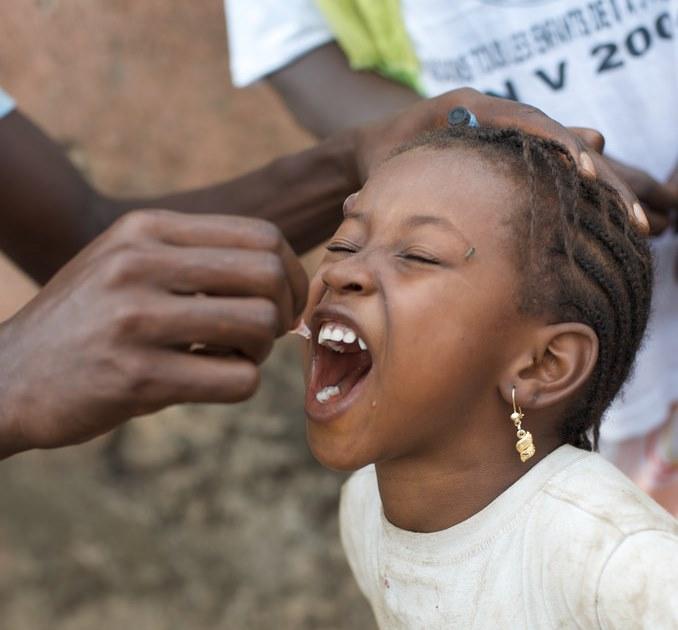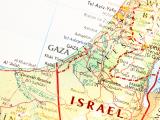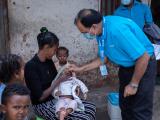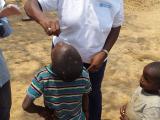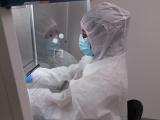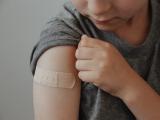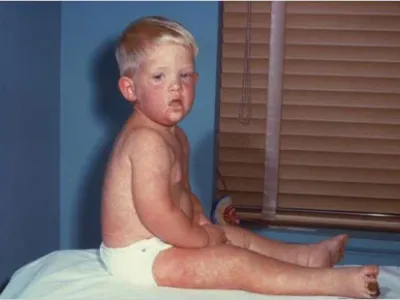Today is the global World Polio Day observance, and the Centers for Disease Control and Prevention (CDC) marked the event by hosting a teleconference on the current state of global polio eradication.
Despite polio being "on the brink" of eradication, CDC Director Tom Frieden, MD, MPH, said new cases of the disease in Nigeria illustrate the need to heighten surveillance as the public health world nears the finish line on polio.
Year winding down with few cases
Frieden opened the media event by sharing impressive numbers that illustrate how far polio eradication has come in 28 years. In 1988, the year the Global Polio Eradication Initiative (GPEI) was established, there were 350,000 cases of polio in children.
So far in 2016 there have been 27 diagnosed cases. Since the GPEI's inception, 2.5 million children have been vaccinated, eliminating a projected 15 million cases of the paralyzing disease.
"We are very close," said Frieden, "But almost is not good enough, and Nigeria is a wake-up call."
Final steps to eradication
Frieden said there were four last steps to polio eradication. First, Frieden said the CDC and the World Health Organization (WHO) need to increase surveillance and monitoring of the disease. He said the three cases in Nigeria diagnosed this summer are from the northern state of Borno, where polio had been circulating undetected for approximately 5 years.
Along with Nigeria, polio is still endemic in Pakistan and Afghanistan. Though those countries have improved their surveillance, Frieden called on them to redouble their effort to vaccinate children in hard-to-reach regions, and to make sure that children moving back and forth between the countries' borders are vaccinated.
The last two steps include transitioning polio services and programs in endemic countries, and making sure that any remaining polio virus in laboratories is contained and destroyed properly.
"The last mile of the journey is often the hardest, it's been a long journey but we can see the end in sight," said Frieden.
Members from Rotary International said it would cost approximately $1.5 billion to complete the last leg of the eradication fight, but said that amount pales in comparison to the cost of having a circulating wild-type polio virus.
Last week the WHO announced it would consider a recommendation to begin fractional dosing of the inactivated polio vaccine (IPV) to combat a global shortage. The IPV is replacing the oral polio vaccine (OPV) which carries a small risk of vaccine-derived polio infection.
Ukraine polio-free
Today the WHO European Region offices reconfirmed the country's polio-free status, 1 year after an outbreak of circulating vaccine-derived poliovirus type 1 (cVDPV1) was detected in Ukraine.
Detection of two cVDPV1 cases last September prompted a renewed vaccination campaign in that country. The WHO said three rounds of immunization were conducted between October 2015 and February 2016, and millions of Ukrainian children under the age of 10 were reached.
Also, the Islamic Advisory Group for Polio Eradication issued a statement today, which provided religious justification for the polio vaccine and offered thanks to Allah on World Polio Day. The group has been instrumental in convincing some Muslims of the necessity for vaccination.
See also:
Oct 21 CIDRAP news story "WHO panel recommends dose-sparing strategy for IPV polio vaccine"
Oct 24 WHO Ukrainian polio update
Oct 24 Islamic Advisory Group statement
